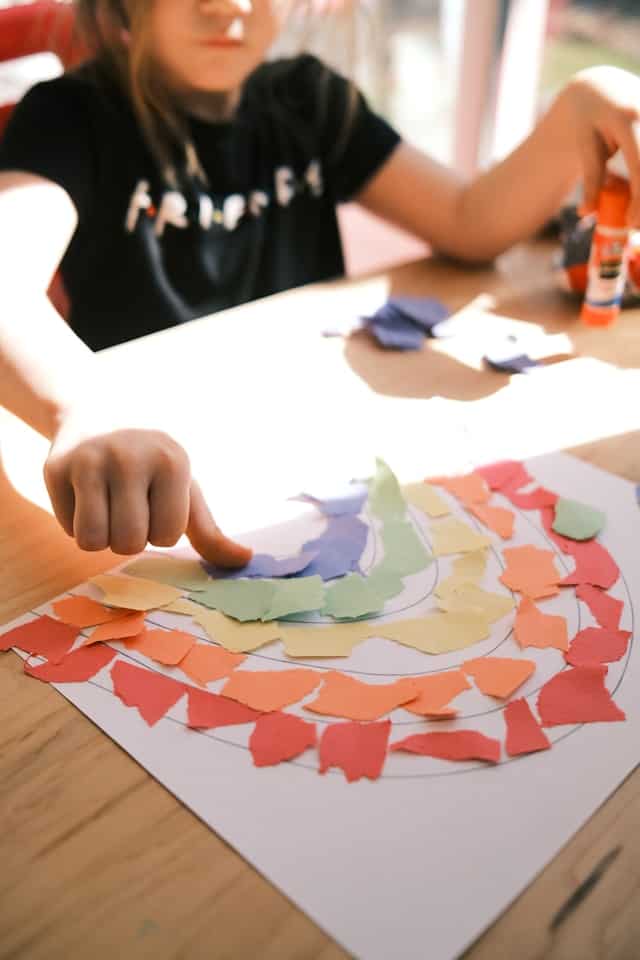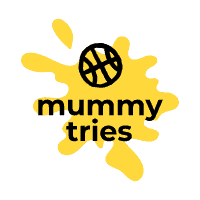
In recent years, experts have come to better understand autism spectrum disorder (ASD). This positive move allowed millions of people to understand the condition and to offer support to the autism community at large. While much more work needs to be done to fully integrate autistic individuals into society, the progress made thus far has been instrumental.
Much of this progress stems from education, sharing fundamental realities about the disorder and how it affects children. The key is to understand what ASD is about, specifically looking at behavior. This article explores common behavior patterns in autistic children between the ages of five and nine.
Behavioral Signs
For parents with autistic children, understanding their behaviors can be stressful, primarily because it is the one area that you must mold into a positive outcome for the child. This might seem impossible; however, applied behavioral analysis (ABA) therapy is one of the leading treatments focusing on transforming negative behaviors into positive ones. Keep in mind that treatment for autism is a life-long journey and is not a cure, but rather a routine that teaches an autistic child how to manage their disorder to lead a quality life.
Autistic children in the age group from five to nine years old display some of the following behaviors.
Intense Focus
There is a misconception that people with neurodevelopmental conditions such as ASD have a hard time focusing. It is quite the opposite. Autistic children become hyper-focused when it pertains to an interest or hobby. There is naturally nothing wrong with having a hobby or interest. However, the focus can sometimes border on obsession, so parents are advised to monitor it closely and teach their children about maintaining a healthy balance.
Repetitive Behavior
Arguably, one of the most common identifiers of this disorder is precisely repetitive behaviors that ABA therapists focus on. This behavior can manifest in different ways depending on the child. For example, you might notice your child packing their toys in a certain way or repeating certain words or phrases. You might wonder why these are flagged as repetitive behavior and can assume that it is a good thing. However, in many cases, this behavior is on the extreme end and requires balance — which takes a long time to learn and implement.
Another element that ties into repetitive behavior is repetitive body movements and sounds. These include hand clapping, hand flapping, rocking back and forth, making sounds such as grunts or squeals, and frequently clearing their throat.

Sensitivity to Sensory Experiences
A significant part of this condition concerns sensory experiences and avoiding sensory overload. There is an aspect that focuses on learned behavior to manage sensory sensitivities. Children aged five to nine years old sometimes display odd behavior as a response to sensory stimuli, making them feel extremely overwhelmed.
Some examples include instances where a brightly colored item of clothing worn by someone else is just too much to handle. Another instance might be a fabric that has an uncomfortable texture, loud and unexpected noises, and negative reactions to foods otherwise deemed delicious.
Different Responses
Another focus area for this therapy is how autistic children respond in different situations and why. Remember, children with ASD develop differently and experience life differently due to their condition. It is essential to keep in mind that they also learn differently, and what is deemed “normal” responses, like “Please” and “Thank you” for children without ASD, is not considered “normal” for autistic children.
An example of this behavior includes not responding in a manner deemed acceptable or overreacting to instances of cold, heat, and pain. Then, there are the reactions to disruptions in routine. While your child may seem like they are lashing out, you must show compassion and empathy and understand their response is based on their condition. Their upset reaction is normal until they have learned how to manage their feelings and reactions when routines are disrupted over time. While they learn to regulate their emotions, it’s up to you to hold the space for their experiences and help them build emotional resilience.

Intense Fixation
Many of us have experienced some form of fixation as a child in the age group from five to nine years old. However, as we developed, it became easier to understand that life is about balance and how to create that balance. Autistic children require a long time to manage their intense fixation, whether it is an object or activity.
Finding Support Near You
Now that you understand your autistic child’s behavior and some of the characteristics involved, it would be best to explore support services like an ABA center in Indiana or closer to your place of residence if you live elsewhere.
There are several treatment centers across America, each one understanding the unique needs of autistic children. Here are some to keep in mind:
- Occupational therapy
- Speech and language therapy
- Cognitive behavior therapy
- Parent-mediated therapy
- Educational and school-based therapy
No matter what you choose, keep in mind that it needs to be based on your child’s needs, with the long-term goal of creating a quality life for your child.
Repetitive Behavior You Can Identify
Understanding your child’s behavior is a great way to understand who they are and their needs as an autistic individual. With intense focus, your child will be overly obsessed with specific hobbies; however, teaching them about a balanced life is key. Understanding their repetitive behavior and creating a functional plan will alleviate stress for parents and children. The same can be said about sensory experiences. Finally, looking at how your child responds in different situations is paramount to understanding who they are and teaching them to manage their feelings effectively.

My name is Laura, and as a mother of two, I understand firsthand the joys and challenges of raising a child. That’s why I created this website, to provide a comprehensive and trustworthy source of information and support for new and expectant parents.
